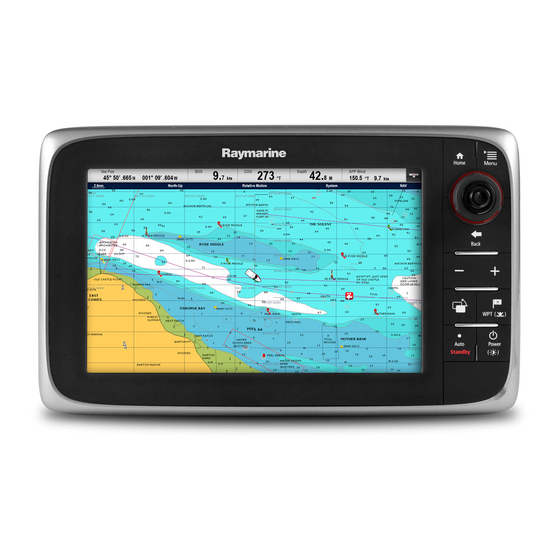
Raymarine a Series Installation And Operation Instructions Manual
Boating equipment
Hide thumbs
Also See for a Series:
- Installation and operation instructions manual (464 pages) ,
- Installation instructions manual (158 pages) ,
- Installation instructions manual (112 pages)










Need help?
Do you have a question about the a Series and is the answer not in the manual?
Questions and answers